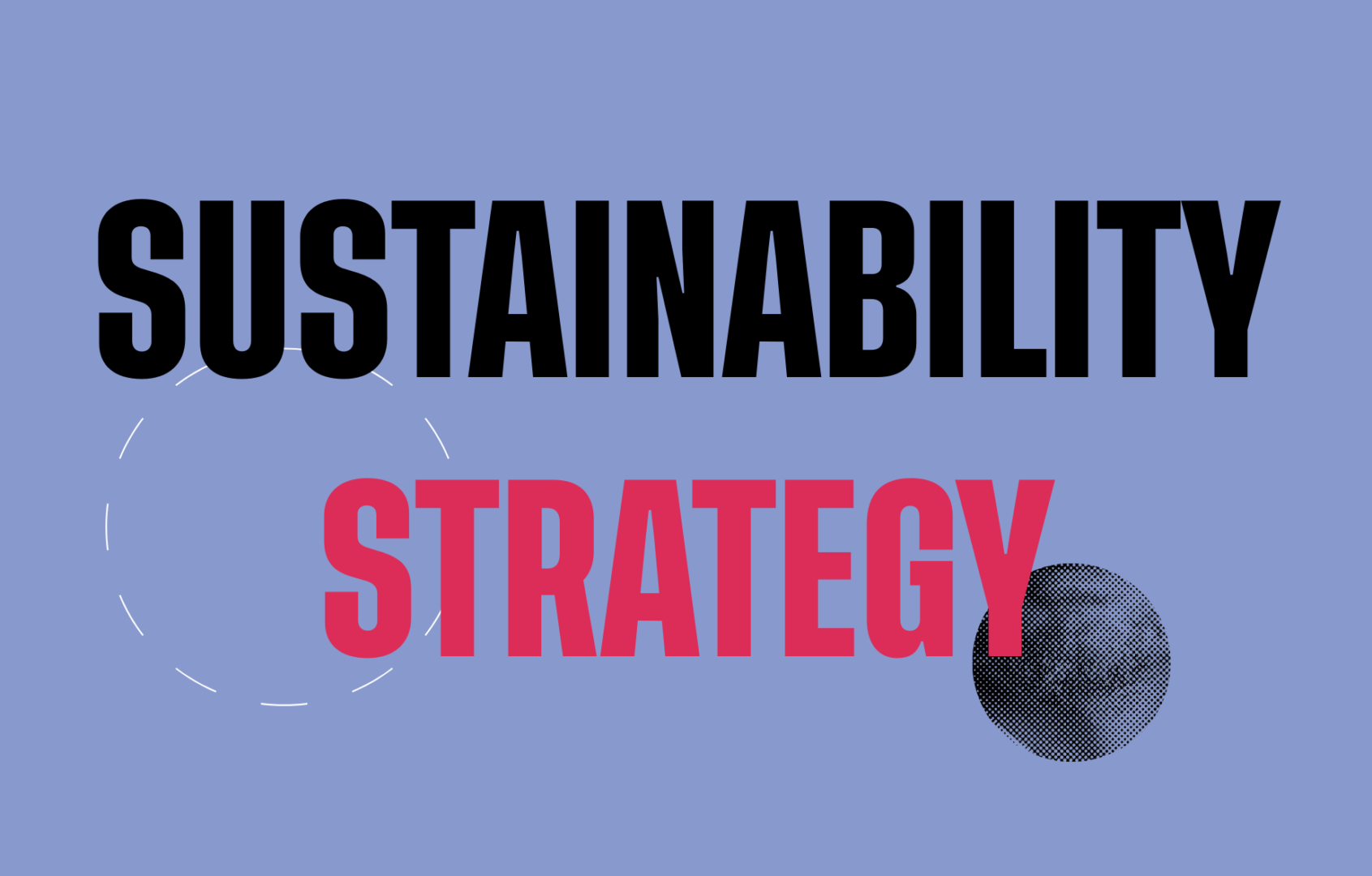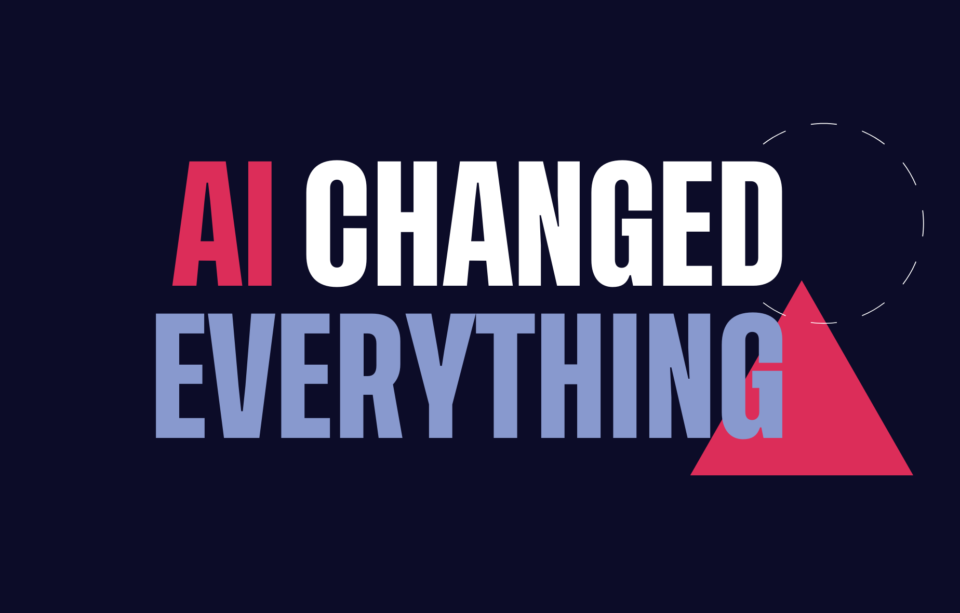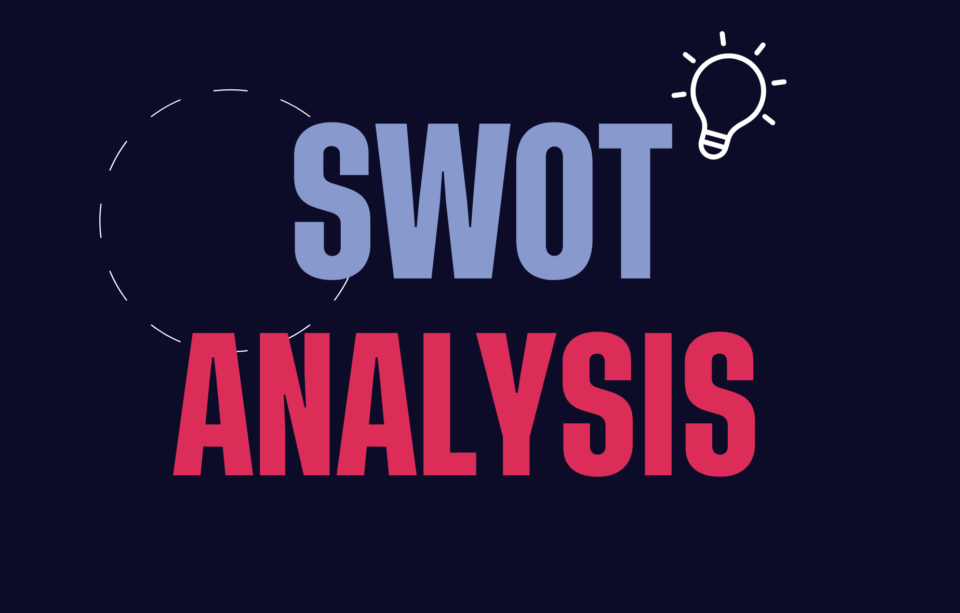
How to develop a solid sustainability strategy for your business?
Sustainability has become – rightfully so – a crucial topic on many agendas : political, societal, and business.
But many business leaders still find it difficult to develop a solid ESG / sustainability strategy. Let alone integrate the sustainability strategy into their corporate strategy.
With the help of sustainability expert Annemie Godts – who helps companies in building a sustainable future – this mini guide tries to solve this.
Upside from business perspective
Let’s look at the upside first. Investing in sustainability offers businesses long-term advantages.
Here’s a short list of ESG benefits:
- consumer demands.
- adapting to future regulations
- attract and retain talent
- secure capital from ESG-conscious investors
- enhances brand image and credibility.
- Sustainability also reduces risks, like supply chain disruptions,
- and cuts costs through efficient resource use.
Ultimately, it creates long-term value by driving innovation and strengthening resilience.
The concept ‘Sustainability’ or ESG
Sustainability is often referred to as ESG. These are in fact the three key dimensions through which a company’s activities generate impacts.
- The “E” stands for Environment, focusing on the company’s effects on the natural environment, like climate change, resource use, waste, biodiversity, and pollution of air/water/soil.
- The “S” stands for Social, addressing the company’s impact on society, particularly in relationship with its internal and external stakeholders. Elements to consider are diversity, equity & inclusion, consumer welfare, community influence, safety, well-being and human rights. The groups of people affected are own workforce, workers in the value chain, local communities, consumers and end-users.
- The “G” stands for Governance, relating to how the company’s governance practices affect its overall performance, transparency, and accountability. This includes transparency, board effectiveness, risk management, internal control, business conduct and ethical standards.
A crucial point! the ESG impacts you need to consider goes beyond the company’s direct activities.
It covers the entire value chain: upstream (suppliers, contractors, resource use, working conditions), own and downstream (customer welfare, interconnectivity, etc.) activities.
The impact can be:
- actual or potential
- negative or positive
- short-term or long-term
- intended or unintended
- reversible or irreversible
Very often, by only taking into account the impact drivers above, the discussion at your company table will improve.
Make sustainability part of your business strategy in 5 steps
To effectively integrate sustainability into your business strategy, it’s crucial to recognize that Environmental, Social, and Governance (ESG) considerations are broad, like described above. However while it is tempting to address every ESG issue, it is essential to focus on what truly matters to maximize impact. So start your discussion as broad as possible, but include a very stricks prioritization step at the end.
The 5-step methodology provides a clear roadmap to navigate these complexities.
- First, map and understand your value chain to reveal where the biggest ESG impacts occur.
- Second, list and assess these impacts, ensuring you account for both risks and opportunities.
- Third, engage stakeholders, both internal and external, to gain insights and refine your understanding of what truly matters.
- Fourth, prioritize ESG impacts through a materiality assessment, helping you focus on what’s most critical.
- Finally, strategize based on these priorities, ensuring that your efforts are aligned with business goals, stakeholder expectations, and long-term sustainability objectives.
In this blog post, we will dive into the first two building blocks:
1. Map and understand your value chain
« Sustainability starts by connecting the dots in the value chain »
The first step in this journey is to thoroughly understand the impact your business has across its entire value chain. The value chain describes the full range of activities which are required to bring a product or service from its initial conception, through production, delivery to final consumers, and disposal or recycling after use.
A typical value chain includes :
- Raw materials: Sourcing and procuring raw materials from suppliers.
- Transport: Moving raw materials and finished goods between different stages of the value chain, from suppliers to manufacturers and eventually to customers.
- Manufacturing: Transforming raw materials into finished products.
- Packaging: Packing finished products, ready for shipping to consumers, retailers or warehouses.
- Distribution and logistics: Moving products to warehouses, retailers, or directly to consumers.
- Retail and business channels: Marketing and Sales activities promoting and selling products.
- Use phase
- End of Life: Managing product disposal, reuse, or recycling at the end of its life.
And an example value chain looks as follows:
The structure of the value chain varies by sector, and the integration between upstream and downstream activities depends largely on how horizontally integrated the company is. For companies providing services, the value chain looks slightly different, including a design, delivering and maintaining phase as well. Mapping the entire value chain, whether product- or service-based, allows businesses to identify Environmental, Social, and Governance (ESG) touchpoints and areas for improvement.
Some value chain examples:
- https://www.vpkgroup.com/-/media/Files/reports/VPK-Group_Sustainability-Report-2023.pdf on page 18
- https://online.fliphtml5.com/piwnh/acxt/#p=18 on page 18 & 19
- https://circulareconomy.europa.eu/platform/sites/default/files/2023-12/Full%20Report%20-%20UNEP%20Sustainability%20and%20Circularity%20in%20the%20Textile%20Value%20Chain%20A%20Global%20Roadmap_0.pdf Figure 1 page 13
- https://over.fluvius.be/sites/fluvius/files/2024-03/fluvius-system-operator-annual-report-2023.pdf page 40
2.What are your ESG impacts
« Every action has a ripple – know where your wave begins »
Throughout the value chain, both the company’s activities and those of business partners and customers generate environmental, social, and governance (ESG) impacts. The goal of this step is to develop a comprehensive list of these impacts, which will form the foundation for further steps, such as prioritization, action planning, target setting, and defining KPIs.
Starting from the value chain, the ESG impacts can be listed.
Keep in mind
- If you suspect there may be an impact but are unsure, include it in the list. The next step could involve further analysis to better understand the implications. This comprehensive approach ensures that no critical ESG impacts are overlooked.
- It’s important to describe each impact in detail at this stage, as doing so will simplify the subsequent prioritization process and ensure clarity when designing action plans and performance metrics.
The following (non-exhaustive) checklist can offer guidance on identifying the impacts.

Considering the typical value chain mentioned earlier, impacts might be as follows:
Raw materials: Sourcing and procuring raw materials from suppliers.
| Environmental impacts | Resource depletion, deforestation, water use, biodiversity loss |
| Social impacts | Labor conditions, fair wages, human rights violations, and local community engagement |
| Governance impacts | Ethical sourcing practices, supply chain transparency, compliance with local and international regulations, anti-corruption measures, and fair procurement policies |
Transport: Moving raw materials and finished goods between different stages of the value chain, from suppliers to manufacturers and eventually to customers.
| Environmental impacts | Greenhouse gas emissions, air pollution, fuel consumption, and logistics-related energy use |
| Social impacts | Fair wages and working conditions for drivers and logistics workers, safety standards, and social implications of long-haul |
| Governance impacts | Ethical business conduct in logistics, transparency in transportation practices, and compliance with transport regulations |
Manufacturing: Transforming raw materials into finished products.
| Environmental impacts | Energy consumption, emissions, water use, waste generation, chemical pollution |
| Social impacts | Worker safety and health, fair labor practices, workforce diversity, impact on local communities |
| Governance impacts | Regulatory compliance, adherence to labor laws, ethical working conditions, corporate responsibility in supplier management, and anti-bribery and corruption safeguards |
Packaging: Packing finished products, ready for shipping to consumers, retailers or warehouses.
| Environmental impacts | Use of non-recyclable materials, excessive waste generation, environmental impact during production and disposal |
| Social impacts | Labor conditions in the packaging supply chain, health risks in handling certain materials |
| Governance impacts | Compliance with packaging and environmental regulations, transparency in material sourcing, alignment with circular economy principles, and adherence to industry standards |
Distribution and logistics: Moving products to warehouses, retailers, or directly to consumers.
| Environmental impacts | Carbon footprint from warehousing, distribution networks, energy efficiency |
| Social impacts | Working conditions in warehouses, supply chain labor practices, and community impact near distribution hubs |
| Governance impacts | Supply chain transparency, ethical conduct in supplier relationships, anti-corruption practices, and compliance with logistics regulations |
Retail and business channels: Marketing and Sales activities promoting and selling products.
| Environmental impacts | Environmental impact of physical stores, energy consumption in retail outlets, and e-commerce platforms’ carbon footprint |
| Social impacts | Consumer protection, data privacy, product safety, and ethical marketing practices |
| Governance impacts | Transparency in sales practices, business conduct compliance, anti-bribery policies, adherence to ethical marketing standards, and product sourcing accountability |
Use phase
| Environmental impacts | Energy or resource consumption during the product’s lifecycle, potential emissions |
| Social impacts | Consumer health and safety, accessibility, and inclusivity of the product |
| Governance impacts | Transparency in product labeling, responsible communication on product usage, and adherence to safety standards |
End of Life: Managing product disposal, reuse, or recycling at the end of its life.
| Environmental impacts | Waste disposal, recycling, product circularity, and environmental impact of landfill use |
| Social impacts | Health and safety risks during disposal, job creation in recycling sectors |
| Governance impacts | Compliance with waste management regulations, transparency in end-of-life practices, and corporate accountability for product disposal and take-back schemes |
By thoroughly listing and detailing these impacts across the entire value chain, companies are better equipped to identify areas of high risk and opportunity, setting the stage for effective sustainability strategies.
Want to explore the impact of your sustainability on your business strategy?
Book a 0,5 day workshop or keynote with Annemie and myself. Reach out via the contact form on this website.


